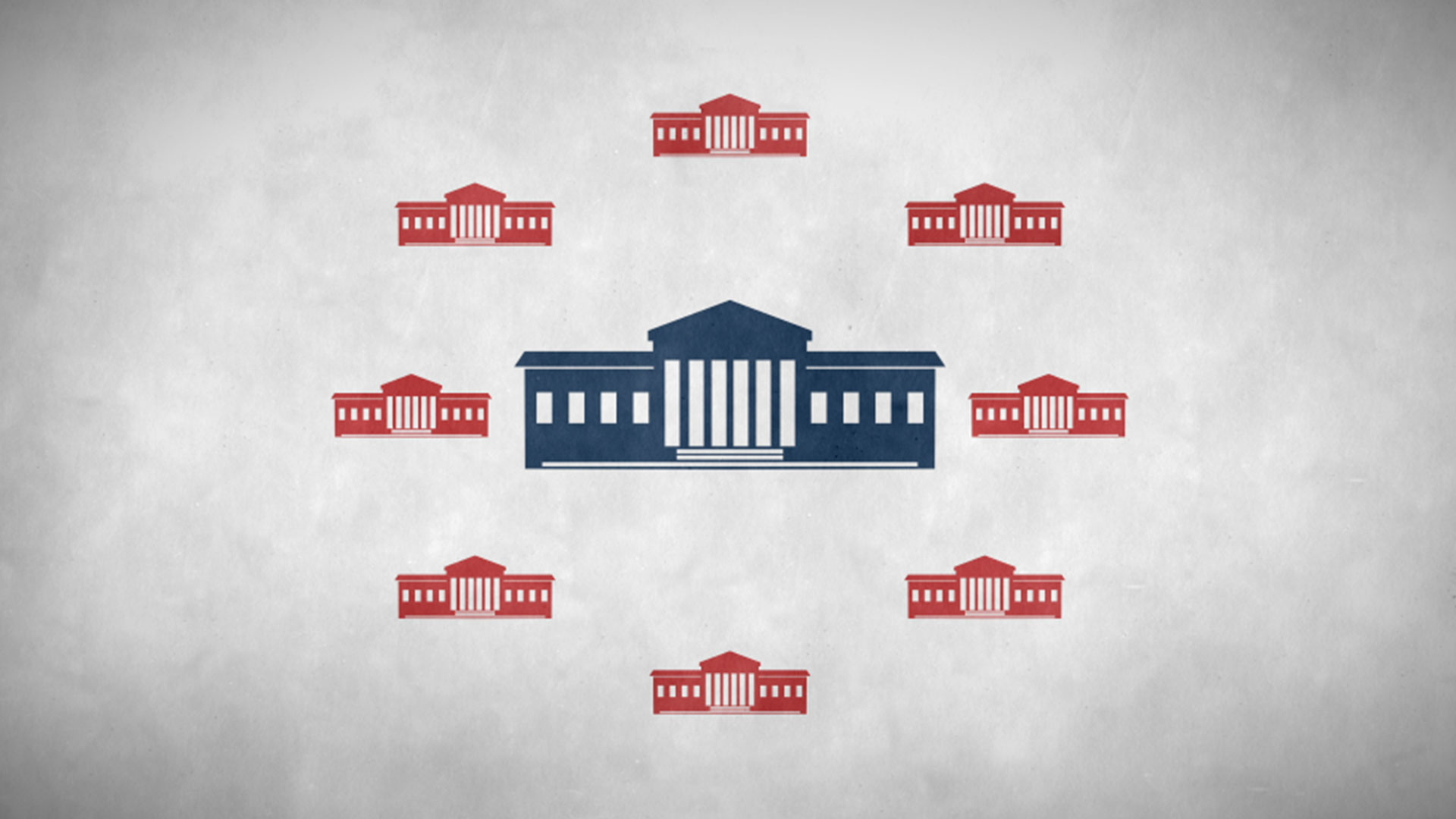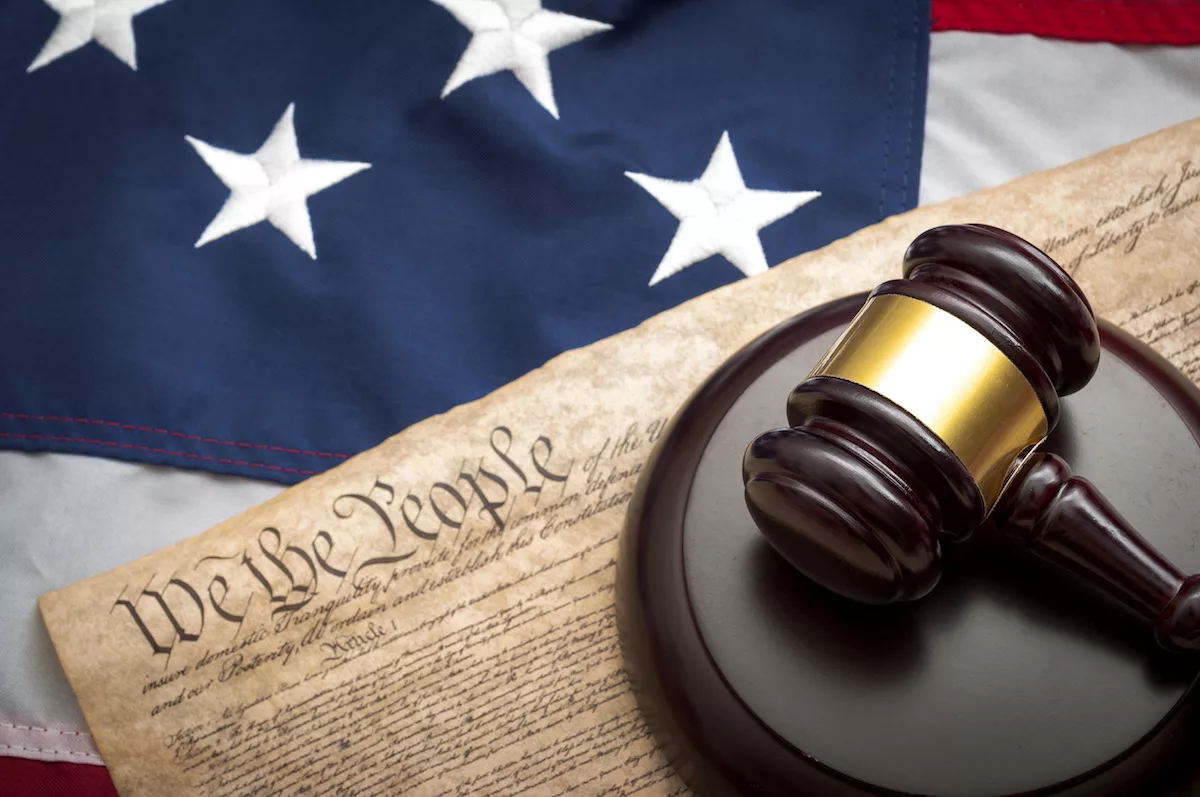The intersection of power dynamics and workplace conduct remains a pressing issue across various institutions. Recent events have shed light on the complexities that arise when individuals step forward with their experiences, challenging entrenched norms and fostering discussions that extend beyond mere allegations. Such scenarios not only prompt a reevaluation of existing protocols but also illuminate the societal attitudes toward accountability and justice.
In the realm of the legal system, these situations serve as critical junctures for examining how claims are addressed and the broader implications for organizational culture. As narratives unfold, they reveal patterns that may offer a deeper understanding of the challenges faced by those who bring forward assertions against authority. The consequences of these encounters extend into public perception, shaping the way communities respond to issues of equity and respect within professional environments.
As we delve into the nuances of these encounters, it becomes evident that the responses to allegations can fundamentally alter the landscape of professional conduct. These proceedings not only impact the individuals involved but also set precedents that resonate throughout society. By examining the lessons learned and the shifts in discourse, we can better comprehend the evolution of standards that govern appropriate behavior in workplaces today.
Overview of Sexual Harassment Claims in Judiciary
This section delves into the troubling occurrences of inappropriate behavior within the legal system, highlighting the seriousness and frequency of such issues. It aims to provide a comprehensive understanding of the mechanisms in place for addressing these troubling incidents and the broader cultural context surrounding them.
Historically, instances of misconduct have often gone unreported or inadequately addressed, leading to a culture of silence. The repercussions of such behavior extend beyond the individuals involved, affecting the integrity of the entire legal process. Victims frequently face significant barriers when seeking to voice their concerns, resulting in a pervasive atmosphere of fear and distrust.
Recent developments have compelled authorities to examine policies and support systems, fostering an environment where individuals feel empowered to come forward. Initiatives to raise awareness and implement stricter regulations have become pivotal in tackling this deep-rooted issue. As society evolves, the call for accountability and transparency continues to grow, shaping future approaches to dealing with misconduct within the system.
Notable Cases and Precedents Established
This section explores significant instances and the resultant legal principles that have emerged within the context of workplace misconduct. The evolution of these cases reflects the shifting societal attitudes towards accountability and justice, illustrating both the challenges and advancements in the legal landscape.
Several landmark cases have set important benchmarks for future disputes:
- Case A: This case highlighted the necessity of clear policies within organizations and established guidelines for addressing grievances effectively.
- Case B: The decision in this instance underscored the implications of power dynamics in the workplace, leading to greater emphasis on protective measures for vulnerable employees.
- Case C: Through its outcome, this case reinforced the importance of transparency in investigations, providing a framework for how allegations should be handled moving forward.
These instances serve as critical reference points for ongoing discussions regarding workplace conduct. Each contributes to a broader understanding of rights and responsibilities, shaping policies to ensure safer environments for everyone.
Impact on Public Trust in Justice
The integrity of legal systems plays a crucial role in shaping community confidence. When individuals perceive that those in authority may engage in inappropriate behavior, it can lead to a significant erosion of belief in fair and impartial governance. Public perspective shifts when allegations surface, creating a ripple effect that impacts both societal norms and expectations about accountability.
Trust is the cornerstone of any effective system of law. As incidents come to light, the response of institutions is under scrutiny. A failure to address issues adequately may result in diminished faith among citizens, who may feel that justice is not served equitably. Over time, repeated instances can foster skepticism regarding the motivations and qualifications of those who operate within the legal framework.
Moreover, the media plays an influential part in shaping narratives around these matters. Coverage can significantly affect public sentiment, either reinforcing or challenging existing views. As stories unfold, the way organizations respond can either bolster their reputation or deepen mistrust. Ultimately, society looks to legal entities for leadership and moral guidance, and any perceived shortcomings may have lasting effects.
Restoring faith requires transparency, consistent accountability, and positive reform efforts. Engaging in open discussions and fostering environments where individuals feel safe to report concerns will be essential in rebuilding confidence. The long-term health of legal systems hinges on their ability to learn from the past and act decisively in addressing any shortcomings.
Legal Reforms Triggered by Allegations
The emergence of serious accusations has prompted a wave of legislative changes aimed at addressing misconduct in various sectors. These transformations are not only an immediate response to public outcry but also a proactive approach to cultivate safer environments. Stakeholders are compelled to reconsider existing frameworks, ensuring they promote accountability and vigilance.
Response Mechanisms Enhancements
In light of recent controversies, many organizations are re-evaluating their policies related to reporting and addressing inappropriate conduct. New mechanisms are being introduced to empower individuals to voice their concerns without fear of retaliation. This shift encourages transparency and instills confidence among employees that their grievances will be taken seriously.
Institutional Accountability Measures
Alongside procedural improvements, there is an increasing emphasis on holding institutions responsible for failing to protect individuals from misconduct. Legislative bodies are now exploring measures to impose penalties on organizations that neglect their duty of care. Such reforms aim to create a culture of responsibility, promoting ethical behavior at all levels.
In conclusion, the need for substantial reforms has never been more pressing. Collectively, these changes represent a commitment to fostering a safer and more respectful landscape for all individuals.
Cultural Changes Within the Judiciary
The landscape of the legal system is undergoing significant transformation, reflecting evolving societal norms and values. This metamorphosis is not only reshaping perceptions but also influencing institutional practices, fostering an environment where respect and accountability become paramount.
Shifting Perspectives
Recent events have prompted a reevaluation of long-standing attitudes and behaviors within legal institutions. As awareness of misconduct becomes more pronounced, various stakeholders are advocating for a more equitable environment. This shift has resulted in:
- Greater transparency in reporting incidents
- Increased training and awareness programs for staff
- Enhanced support systems for individuals affected by misconduct
Impact on Policy and Procedure
As the culture evolves, policy frameworks are also being adapted to reflect contemporary standards. Initiatives aimed at bolstering ethical conduct and establishing clear protocols are being prioritized. Key changes include:
- Revisions to conduct codes to explicitly address unacceptable behaviors
- Implementation of anonymous reporting mechanisms to protect those who come forward
- Regular assessments of institutional practices to ensure compliance and effectiveness
This ongoing evolution not only aims to create a safer and more respectful atmosphere but also encourages the legal community to embody the principles of fairness and integrity that are essential to its credibility and function.
Future Implications for Judicial Conduct
The evolving landscape of accountability within the legal system raises critical questions regarding the professional behavior of those in authority. As awareness of inappropriate conduct grows, the need for robust standards and oversight mechanisms becomes increasingly apparent. This section delves into the potential long-term effects on ethical regulations and personal conduct within the court system.
Reform Initiatives
In light of recent events, there is a compelling push for reform initiatives that aim to strengthen ethical guidelines. These changes may not only enhance transparency but also foster a culture of respect and professionalism in legal environments. Addressing misconduct is essential to maintaining public trust and ensuring fair administration of justice.
| Area of Focus | Potential Changes |
|---|---|
| Training Programs | Implementation of comprehensive educational sessions on appropriate conduct. |
| Reporting Mechanisms | Creation of accessible platforms for reporting misconduct without fear of retaliation. |
| Oversight Committees | Establishment of independent bodies to review allegations and enforce consequences. |
Long-Term Cultural Shifts
The anticipated reforms could usher in significant cultural shifts within legal institutions. As behavior norms evolve, it is likely that a more transparent environment will emerge, promoting accountability. Such changes could ultimately reshape the perceptions of legal professionals and enhance the integrity of the system overall.
Q&A: Us judiciary faces sexual harassment claims trial
What are the main insights from the US Judiciary sexual harassment claims trials?
The trials revealed several critical insights into the prevalence of sexual harassment within the judiciary system. Firstly, they highlighted systemic issues, such as a culture of silence and a lack of adequate reporting mechanisms for victims. Furthermore, testimonies from various claimants illustrated the power dynamics that often inhibit victims from coming forward, as they fear retaliation or damage to their careers. The trials underscored the need for reforms in how harassment claims are handled and investigated within judicial institutions, ultimately stressing the importance of creating a safer and more accountable environment for all employees in the judiciary.
What implications do these trials have for future claims regarding sexual harassment in the judiciary?
The implications of these trials are significant for future sexual harassment claims in the judiciary. They may encourage more individuals to come forward, as the trials have brought visibility to the challenges faced by victims. Additionally, greater public awareness may prompt judicial institutions to adopt more stringent policies and training programs aimed at preventing harassment and protecting victims. Moreover, legal precedents established during these trials may influence future litigation strategies by shaping how claims are argued and adjudicated in court, potentially leading to more favorable outcomes for victims.
How have the trials changed public perception of the judiciary’s handling of sexual harassment claims?
The trials have significantly changed the public perception of the judiciary’s handling of sexual harassment claims. Prior to these events, there was a prevailing belief that judicial institutions were insulated from such issues due to their authoritative nature. However, the testimonies presented have brought to light the vulnerability and harassment experienced by individuals within this system. This shift in perception has fostered public discourse on the need for transparency, accountability, and reform within the judiciary, as many now view the handling of sexual harassment claims as a critical issue that undermines the integrity of judicial institutions.
What actions can be taken to prevent sexual harassment in the judiciary?
To prevent sexual harassment in the judiciary, several actions can be implemented. First, establishing clear, comprehensive policies that outline prohibited behaviors and the consequences for violations is essential. Second, regular training sessions should be conducted to educate all employees and officials about sexual harassment, emphasizing the importance of respecting boundaries and creating a supportive work environment. Third, creating accessible and confidential reporting mechanisms can empower victims to come forward without fear of retaliation. Lastly, fostering a culture of accountability, where leadership actively promotes respect and equity, will help prevent harassment and support those who come forward with claims.
What are some of the challenges faced by victims of sexual harassment in the judiciary when making claims?
Victims of sexual harassment in the judiciary face numerous challenges when making claims. One significant barrier is the fear of retaliation, which may include damage to their careers, reputations, or professional relationships. Additionally, the judicial environment often fosters a culture of silence, where victims may feel isolated and unsupported. The complexity of legal processes can also deter individuals from pursuing claims, as they may not have the resources or knowledge to navigate them effectively. Furthermore, societal stigma around sexual harassment can add emotional burdens, leading some to avoid reporting their experiences altogether. Addressing these challenges is crucial for creating a more supportive environment for victims in the judiciary.
What are the key insights from the recent trials regarding sexual harassment claims in the US judiciary?
The recent trials have highlighted several key insights regarding sexual harassment claims within the US judiciary. Firstly, they have revealed the prevalence of such claims and the various forms they can take, including inappropriate comments and unwanted advances. Moreover, the trials indicated a systemic issue where victims often feel discouraged from reporting incidents due to fear of retaliation or a lack of confidence in the legal system to address their claims adequately. The outcomes of these trials underscore the necessity for greater transparency and accountability within the judiciary, as well as the potential for reform in how harassment claims are handled, suggesting an urgent need for improved training and policies that protect individuals from harassment. Additionally, they emphasize the importance of creating a supportive environment where victims can come forward without fear.
What are the main allegations against Sean “Diddy” Combs in the new lawsuits filed in federal court?
The new lawsuits filed in federal court allege that Sean “Diddy” Combs sexually assaulted multiple individuals, including two women who claim they were assaulted in a hotel room in 2004. These lawsuits form part of a group of more than 100 civil cases alleging sexual misconduct, harassment, and sex trafficking. The lawsuits accuse Combs of violently attacking and raping the plaintiffs, including coercing and abusing women for years with help from a network of associates and employees, while silencing victims through blackmail and violence.
How many lawsuits were filed against Combs, and what is the nature of the allegations?
At least six lawsuits were filed against Combs, with allegations of sexual assault, sex trafficking, and harassment. These lawsuits include claims from women who allege that Combs sexually assaulted them, including a case where Combs allegedly raped one of the plaintiffs in a locked hotel room in 2004 after inviting her and a friend to talk privately. The lawsuits depict a pattern of coercion, abuse, and threats against victims.
What are some of the legal defenses used by Combs’ legal team in response to these allegations?
Combs’ legal team has denied all allegations of sexual assault, stating that Combs has never sexually assaulted anyone, man or woman. His attorneys argue that the lawsuits are part of attempts to garner publicity, and they maintain full confidence in the facts, asserting that the truth will prevail in court. They have also argued that the lawsuits are part of a coordinated attack by individuals attempting to damage Combs’ reputation.
What was the decision of the Ninth Circuit Court of Appeals regarding Combs’ case?
The Ninth Circuit Court of Appeals has yet to make a decision on the new lawsuits filed against Combs. However, in prior legal cases, judges have concluded that Combs would not be a danger to the community if released on bail, as these cases await trial. The current lawsuits are part of a wave of new legal action, including claims of sexual assault, harassment, and sex trafficking.
What role does Tony Buzbee play in the lawsuits against Combs?
Tony Buzbee is one of the attorneys representing plaintiffs in the lawsuits filed against Sean “Diddy” Combs. Buzbee is known for representing high-profile sexual assault cases and is involved in the legal action against Combs, advocating for the victims and asserting that the power imbalance Combs created was used to coerce and abuse women over the years.



